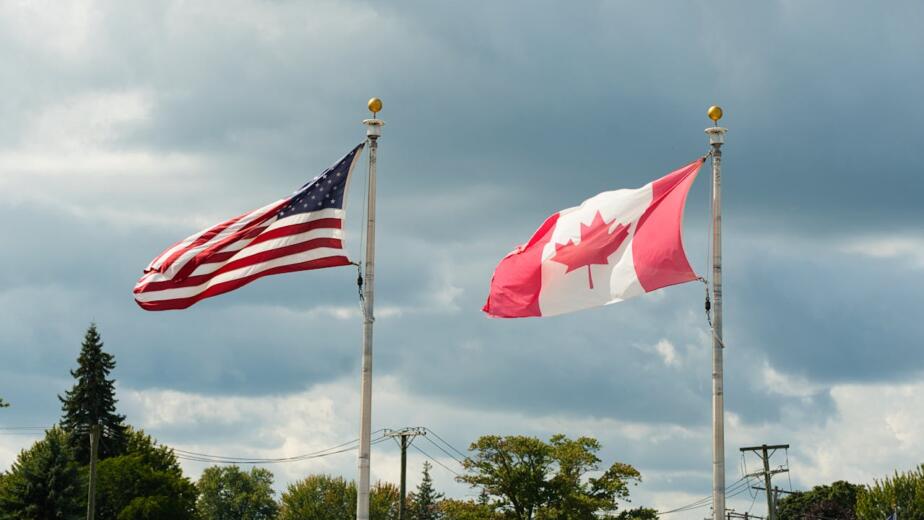Travel often comes with detailed agendas, reservations, and checklists. But what if you ditched the itinerary entirely? For women, especially those used to caretaking, decision-making, and managing the daily logistics of life, traveling without a plan can be a radical act of self-trust. It invites spontaneity, intuition, and present-moment awareness. A trip without structure isn’t about being reckless—it’s about being open. This piece explores why every woman should try at least one trip where the only plan is to follow what feels right.
Letting go of control creates space for discovery
When every moment is scheduled, there’s little room for surprise. Traveling without an itinerary allows space for the unexpected: a conversation with a local, an unmarked trail, a tiny café tucked behind a market. These are the kinds of experiences that don’t show up on travel blogs or booking sites—but they’re often the most meaningful. Letting go of the need to control every outcome opens the door to deeper connection with your surroundings, and with yourself.
Learning to trust your instincts
Without a plan to fall back on, you start to listen more closely to your gut. Should you turn left or right? Stay another night or move on? These micro-decisions build intuition and confidence. For women especially, learning to trust your inner voice—without deferring to someone else’s agenda—is deeply empowering. You become your own guide, and that sense of agency carries long after the trip ends.
Presence over productivity
Most of us are trained to make the most of every minute. But real presence isn’t efficient—it’s felt. When you travel without a schedule, you give yourself permission to linger in a park, spend hours at a café, or watch the sun set without rushing to the next spot. The absence of a timeline brings clarity. You start noticing details—a color, a scent, a silence—that would otherwise be lost in the shuffle.
Freedom to redefine what travel means
Itineraries often reflect what others say we should do in a place. But a plan-free trip gives you the freedom to decide what travel means to you. Maybe it’s rest. Maybe it’s wandering without a destination. Maybe it’s talking to strangers, or maybe it’s not talking at all. You start creating your own metrics for a successful trip—and those usually have nothing to do with checking off sights.
Conclusion
Taking a trip with no itinerary can be a quiet rebellion—a way to reconnect with freedom, intuition, and joy. It’s not about going without direction, but about choosing presence over productivity, instinct over obligation. For women especially, it’s a reminder that you don’t need a plan to have a purpose. Sometimes the most transformative journeys begin when you finally let go of the map.




